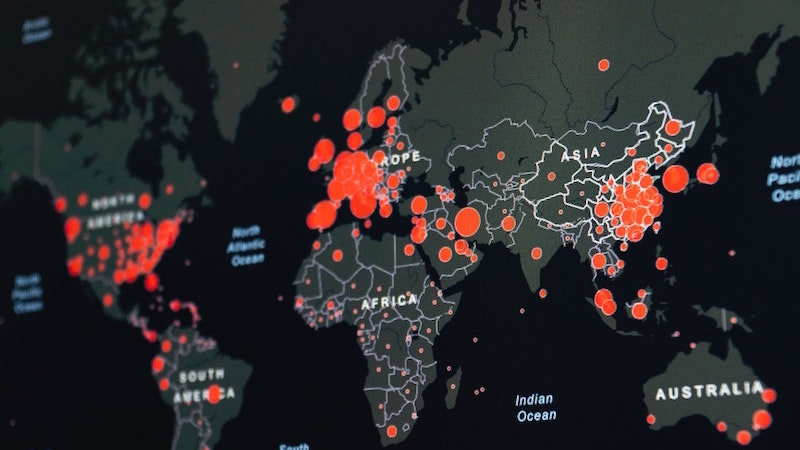Pain is the roadmap for what needs healing
- 7 September 2020
- Posted by: Michael H Hallett
- Category: Emotional principles ,

In the personal healing world, we talk about the ‘healing journey’. What does that mean? We’re on a journey to healing. Yes, obviously—but where’s it taking us? What’s the destination? At this point, words like ‘wholeness’ and ‘wellbeing’ often emerge. These are concepts, not destinations. A destination is a place on a map you can stick a pin into. The destination of the healing journey is the place where no further healing is needed—the place beyond pain. Therefore, pain is the roadmap for what needs healing.
The destination of the healing journey is the place where no further healing is needed—the place beyond pain. Therefore, pain is the roadmap for what needs healing.
This isn’t a pretty thought, but the healing journey isn’t pretty. You have to be uncompromising in uprooting all the structures in your life where pain is stored, from the deepest recesses of your unconscious to the desensitized nooks and crannies of your physical body.
As I write in The mechanics of emotional pain, pain is unprocessed negative emotions that couldn’t be handled at the moment they were experienced. To undo the pain you must release the shame of it. This gives you the capacity to feel the unprocessed pain. You must follow the pain roadmap to the end.
Pain is the roadmap
The healing journey only ever begins with pain. No one embarks on a healing journey from a place of wellness or for something to do. The healing journey is not a tourist destination. Ocean liners do not stop at this port. Pain is the driver that sets our course upon this road—usually quite serious pain.
Sometimes it’s a single incident that sets us upon this road: a relationship breakdown, a deep loss, or financial failure. Perhaps it’s an underlying long-term issue, like emotional unavailability, that we finally get sick of and decide to heal.
Either way, we soon discover—if we manage to make any headway—that we’re dealing with many pains. Once we open the floodgates of the unconscious, the pain, well, floods out.
We set out with the intention of making a few small repairs. Laura Knight-Jadczyk describes this naivety in Debugging the Universe: “I wanted things to change, but only a little, and only the way I wanted them to change.” Little do we realise we’ve stepped upon the roadmap of pain.
In my own case, the initial shock came from a failed relationship. That segued into porn addiction. Then I realised that all my relationships—including my relationship with myself—were toxic. I understood I’d had an experience of depersonalisation as a teen.
The pains were piling up. Yet the roadmap was clear.
Last in, first out
Pain operates on what the warehousing world calls a LIFO basis. Last in, first out. The pain that’s the least deeply embedded is the easiest to heal.
The healing journey takes you down through the multiple layers or sources of trauma—current-life, recent generational trauma and older community, racial and ancestral trauma—roughly in that order, i.e. the order in which the pain became embedded in your DNA.
I gradually peeled away the traumatic layers of my own life—only to uncover the pain I’d inherited from my parents and grandparents. The same happened with the next layer—ancient, communal, ancestral programming with all its unprocessed pain.
Finally, and only very gradually, the roadmap of pain led to the mother wound. It’s so staggeringly obvious now, but on the healing journey we can only ever see what’s right in front of us. It’s like a fog. Yet the roadmap is clear. As long as pain keeps surfacing, keep going.
As Aaron Lee Tasjan sings, “I’ll show you where the road begins and ends.” The journey begins with pain and ends when that pain—what Eckhart Tolle calls the ‘pain body’—has been fully processed. That journey always takes us back to our own beginnings, to our family beginnings, to patriarchy’s beginnings.
And there the journey ends—by healing the mother wound.
Photo by Martin Sanchez on Unsplash
